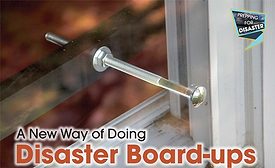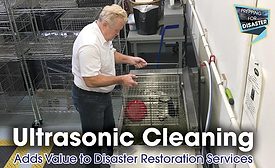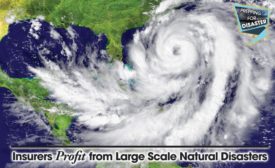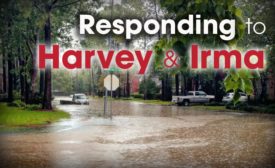Home » CAT loss
Articles Tagged with ''CAT loss''
Cross Examination: Insurers Profit from Large-Scale Natural Disasters
Cheating the insured and the contractor has never been so lucrative.
Read More
CAT Claims: What Happens When You Choose to Join the Circus
Part 2 of 3-part catastrophe claims series.
Read More
Stay ahead of the curve with our eNewsletters.
Get the latest industry updates tailored your way.
JOIN TODAY!Copyright ©2024. All Rights Reserved BNP Media.
Design, CMS, Hosting & Web Development :: ePublishing











